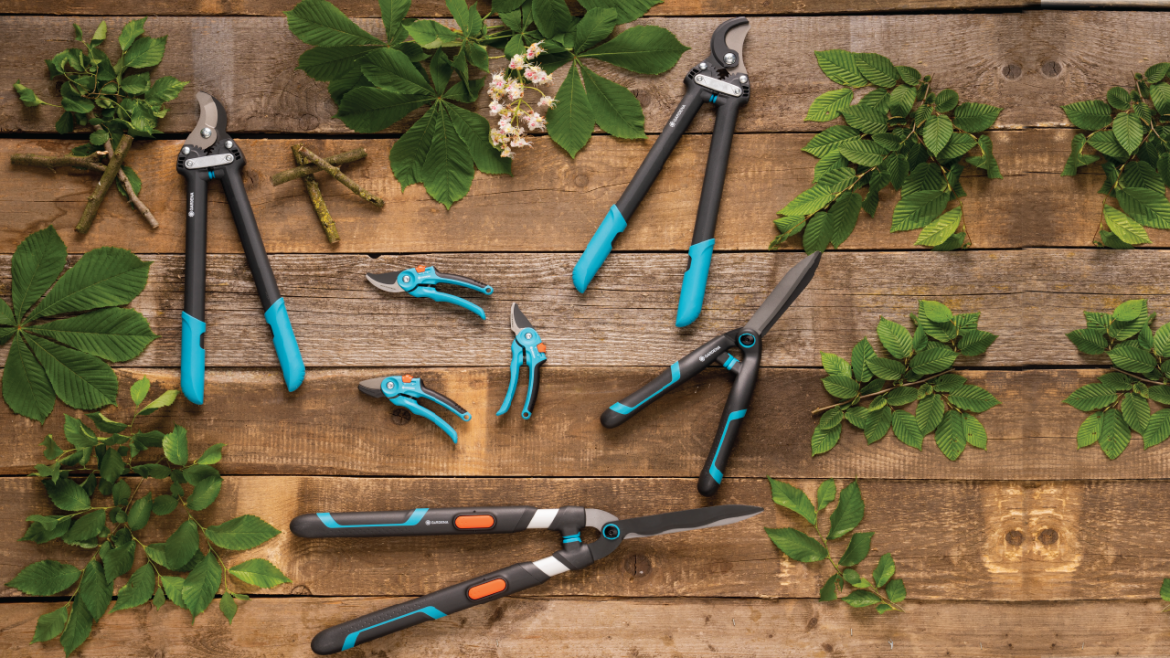Winter is the best time to prune shrubs as it is the dormant season, and there is less risk of pruned branches becoming infected. Before beginning any pruning, check that you have the correct tools you will need for the task. Here are some tips from GARDENA before starting your pruning project:
Secateurs need to be sharp so that the cut is clean. Blunt secateurs will result in ragged, torn cuts which can cause infection. Use secateurs for pruning smaller branches and offshoots and Loppers for slightly larger, tougher branches. For large, chunkier branches you will need a garden saw.
It’s a good idea to stand back and take a good look at the tree or shrub before any pruning begins. Once you have decided on the eventual shape, size and height you are hoping to achieve, begin slowly by pruning a few branches and keep stepping back to check the result until you are happy with the results.
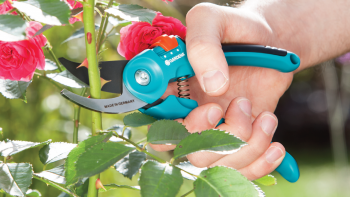
Which tools to use for pruning
GARDENA stocks the widest range for pruning products from basic, comfort and premium requirement.
Some guideline on which GARDENA pruning tool to use for different application:
-
- Secateurs – for soft branches with diameters up to 25 mm
- Loppers – for thickers branches with diameters up to 45 mm
- SlimCut Loppers – for dense undergrowth and hard to reach areas
- StarCut Loppers – for pruning high branches from the ground – reaches height up to 6 metres
- AccuShears – Battery operated shear to trim hedges and lawn edges
Evergreen shrubs can be pruned whenever necessary, usually when flowering is finished. However, if the shrub needs to be reshaped the best time to do this is spring. Evergreen hedges can be pruned at any time of the year.
The correct time to prune fruit trees is late Winter – Late July or early August. Peach, plum, apple, pear and apricot trees should be pruned by concentrating on the inner branches at the centre of the tree so that air can circulate, and also so that sunlight can penetrate the remaining branches, which will result in a good harvest next season.
Citrus trees rarely need radical pruning – just cut out any dead or diseased wood and thin out if necessary.
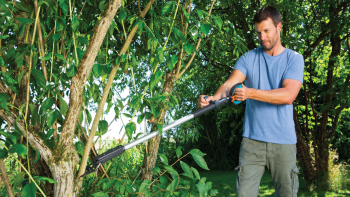
The advantages of pruning in winter
Did you know that pruning is an essential part of gardening and helps the plant with the following :
- To encourage plant growth.
- To shape the plant.
- To promote flowers and fruit.
- To discard of diseased and dead wood.
- To remove all weak shoots and underdeveloped wood.
- To repair frost and storm damage.
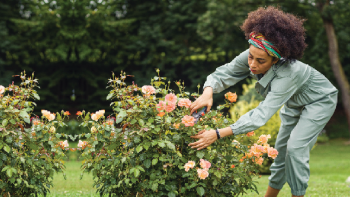
6 handy tips for pruning in winter
-
- Know your secateur – Difference between Bypass and Anvil cutting!
- Bypass cutting principle is when two ground blades slide past each other on cutting, providing an accurate and clean cut. This is suitable for young, green shoots.
- Anvil cutting principle works similar to a knife where the blade is pushed through plant and the second blade acts as support to reduce the risk of damage. This is perfect for hard, dry wood.
- Do not prune in very cold conditions as the cold could harm the plant. Plants do not heal well in cold conditions.
- When pruning, It’s a good idea to stand back and take a good look at the tree or shrub before any pruning begins. Once you have decided on the eventual shape, size and height you are hoping to achieve, begin slowly by pruning a few branches and keep stepping back to check the result until you are happy with the results. If you have an overgrown, sprawling shrub with lots of ‘leggy’ branches, it’s worth cutting it right back to encourage young shoots to grow from the base.
- Always wear thick gardening gloves to protect your hands. When pruning dense shrubs, you may require eye protection as well.
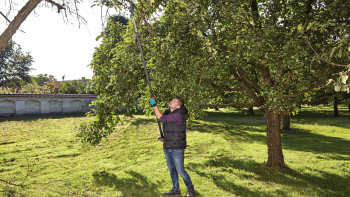
ALSO SEE:
Cleaning and preparing your garden tools during winter – tips from GARDENA
Feature Image: Supplied

